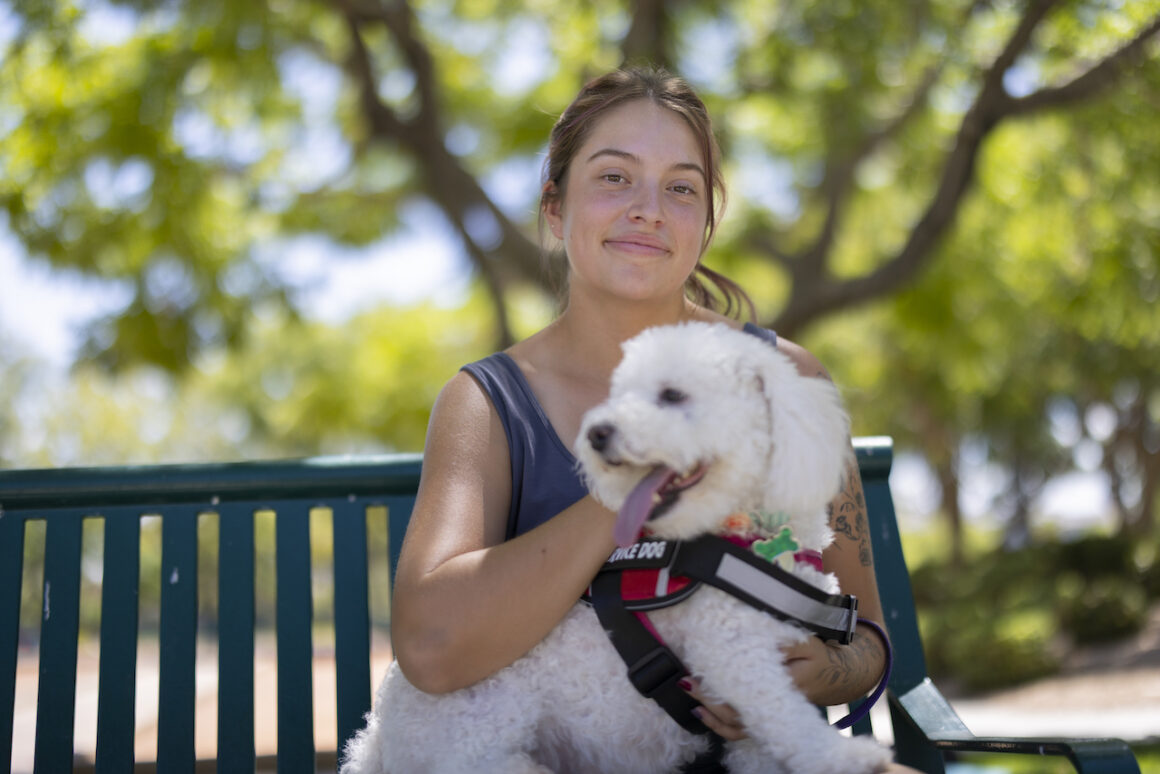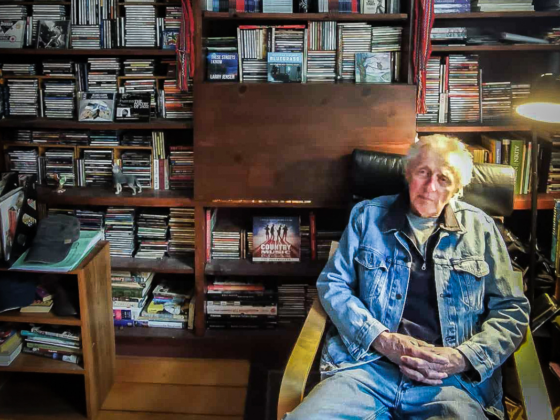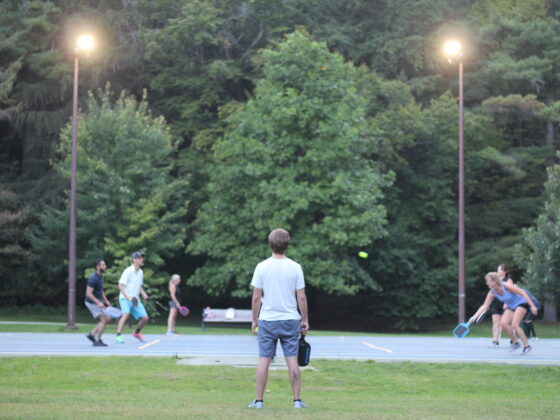Life is stressful. It’s easy to get anxious and overwhelmed, let our mental health deteriorate, or get overcome with grief. These are the times when therapy is crucial. And therapy can come in all forms. It can come from specific places. It can come from friends, partners, and colleagues. Often it comes from professionals. And sometimes it comes from animals.
Animal therapy may be unfamiliar for many people – it isn’t everyone who takes solace in a dog, cat, horse, or bunny. But for those who do, there is an organization that specializes in bringing animals to people. And for the organization that Wendy Donaldson runs, it’s all about the comfort that a dog can bring.
And that makes a lot of sense. Dogs don’t judge, they love unconditionally, and they’re just so cuddly…I’m looking at you Bichon Frisé.
Whether it be a hospital, hospice, school, or airport the St. John Ambulance Therapy Dog Program is there to bring comfort to those who need it. I’ve seen it firsthand, and I know how powerful it is to be able to wrap your arms around a loveable K-9 when you need to release some endorphins.
Wendy Donaldson came to Therapy Dogs after retiring from 36 years with the Hanover Police Department as a records manager. She started as a volunteer and fell in love with seeing how the program had such an important impact in the community. She took the opportunity to become the coordinator for the program six years ago when the current coordinator retired.
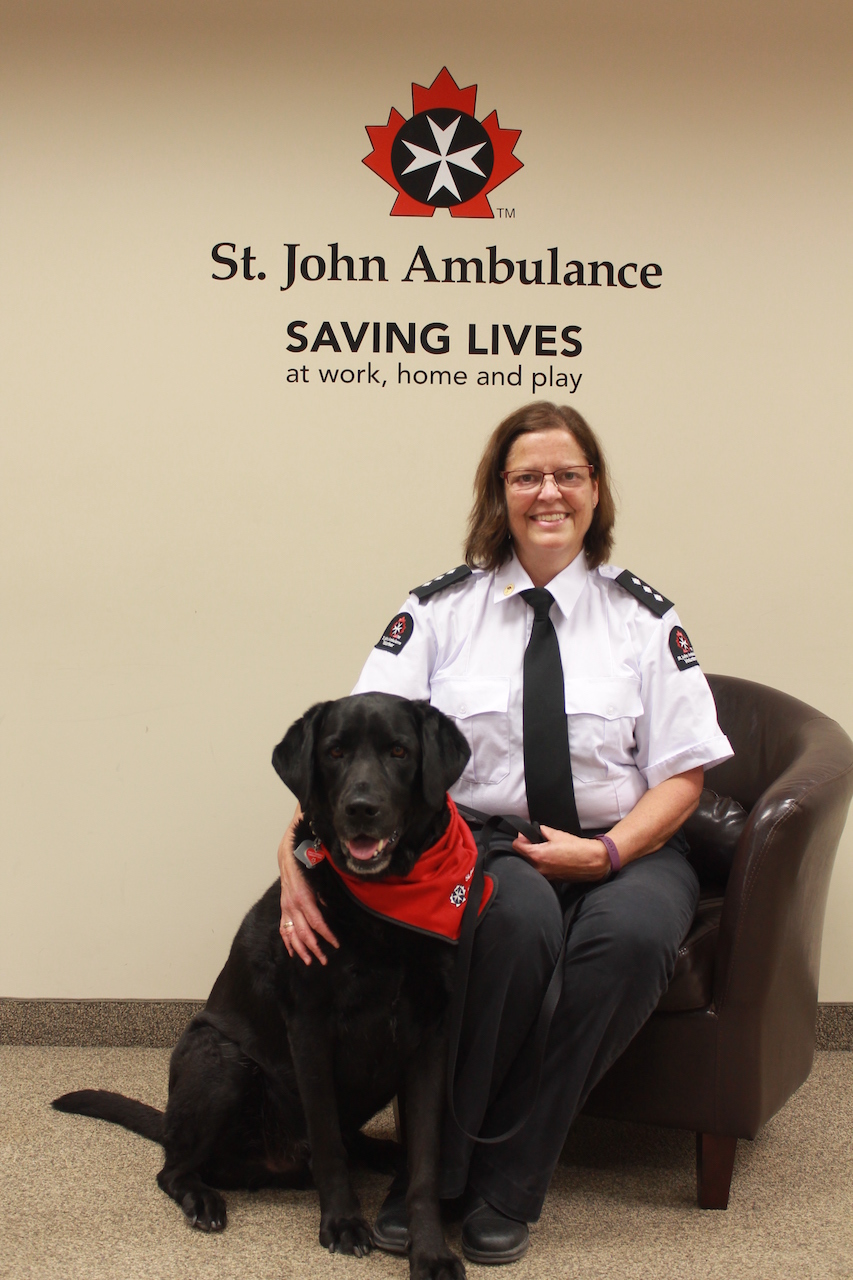
“Therapy Dog volunteers are individuals who own their own dogs and want to use them to help visit in long-term care, hospitals, schools, and much more,” she says, adding that she got into this line of work when her parents were in long-term care and she wanted to be able to bring her dog in to see them. Her passion for the program grew once she learned more about becoming a volunteer. Wendy has had two of her own dogs in the program – a yellow lab named Josie and a black lab named Jake. Unfortunately, both have now passed on and Wendy is now focusing on coordinating versus visiting the public.
Visits can happen in many different places such as in the family court system, in disaster relief, in high schools after the death, or in colleges during exam week. The dogs are also found at Pearson airport to help with anxious flyers. So, if you see a dog wandering around the next time you’re in the airport, it might just be one of the St. John’s Ambulance therapy dogs! They can be found in times of grief and mourning such as in Hospice when requested, but also in times of fun like at the Owen Sound Attack games!
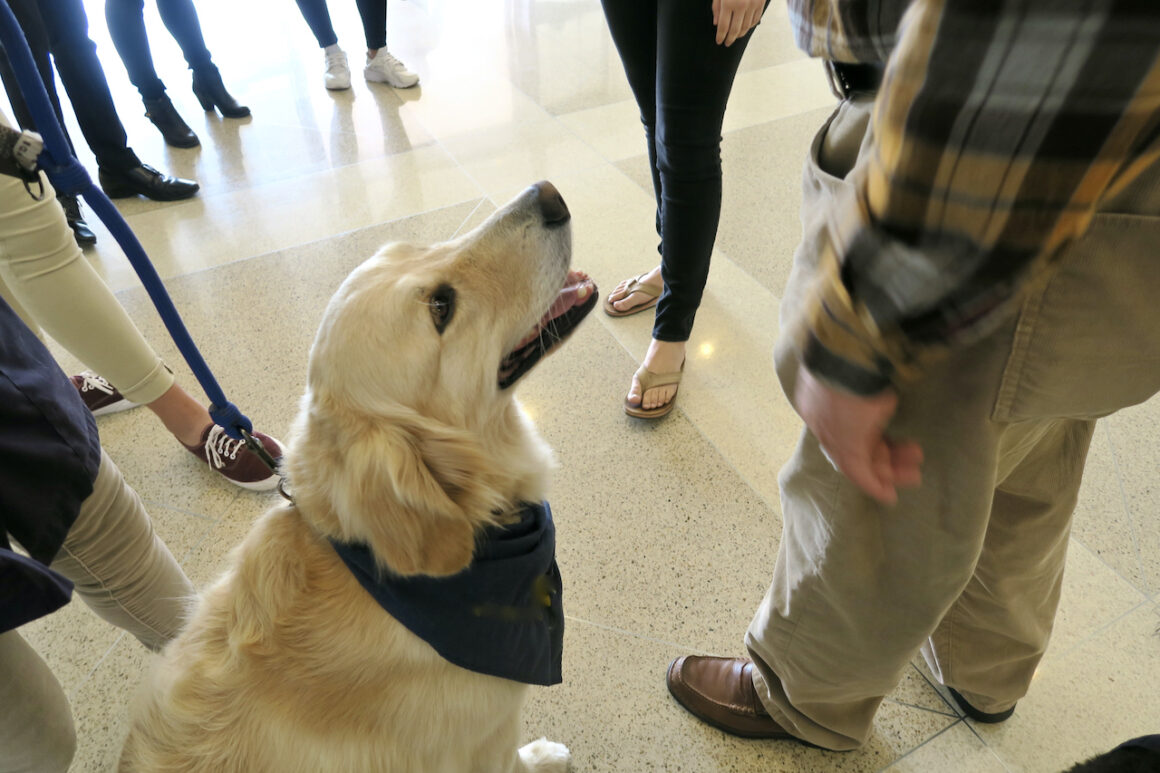
The cutest thing that Wendy shared with me was the fact that these dogs all have their own trading cards just like hockey cards! These dogs have their photos on one side and all their stats on the other. Young kids and the elderly alike all love these cards! They love collecting them, hanging them up and trading them. They’ve become a big hit!
The program also helps kids in the school system with various needs from learning to mental health. These dogs must be specially trained and have their own evaluations to become child friendly. Currently 9 out of the 39 dogs in the program are certified to work with children. This means they can go into the schools and work in programs such as the “Paws for Stories,” an elementary reading program. Children who have trouble reading in front of the class can come down to the library and read one-on-one to the dog instead!
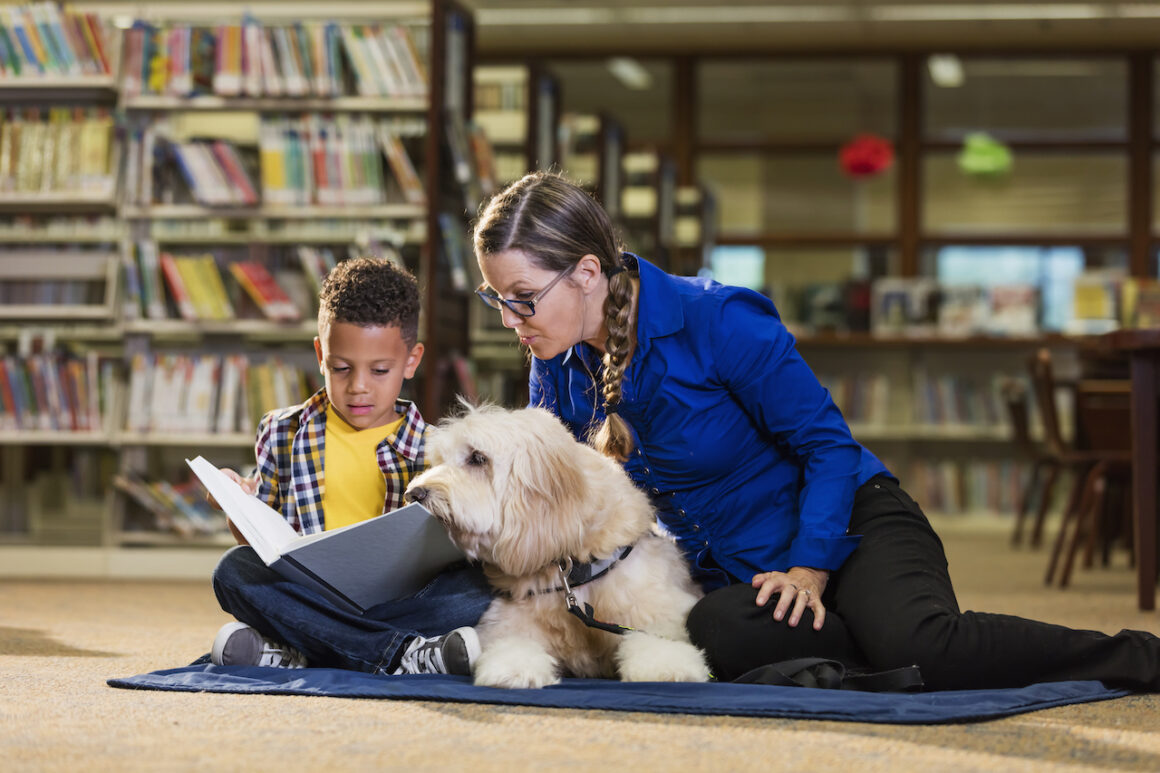
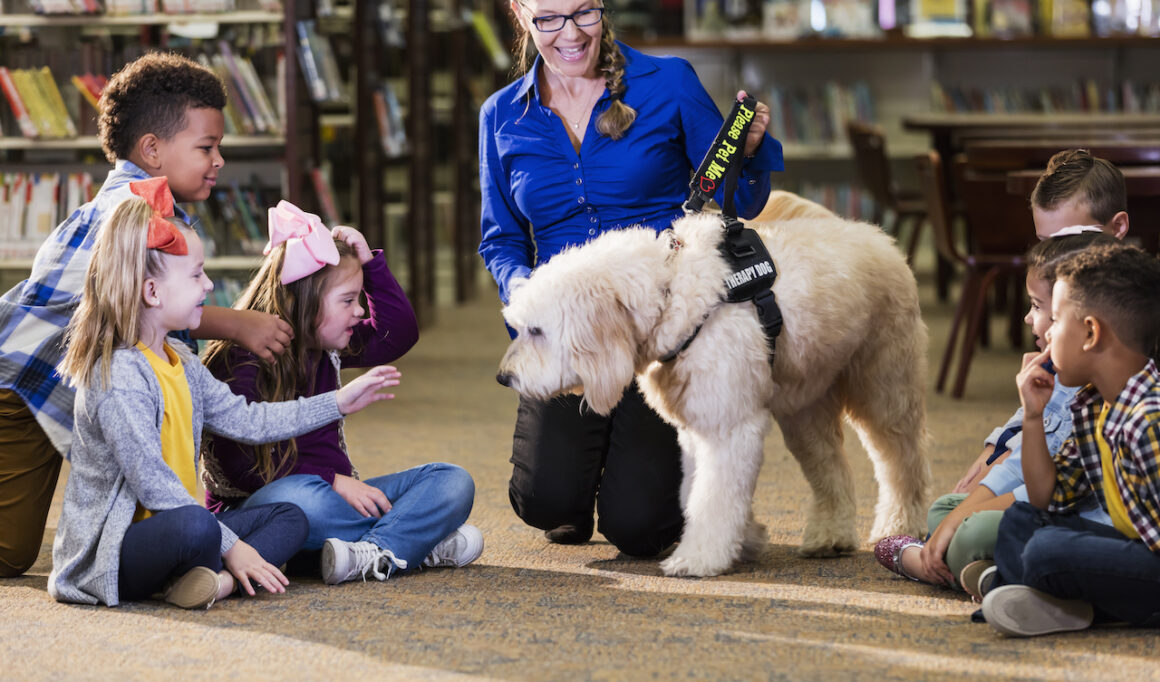
As you can imagine, these dogs have to be prepared to be around small children and need to go through the testing and training program to be able to be around loud noises, toys, and of course many children coming at them all at the same time. The dogs also help with different initiatives such as the immunization programs for the grade 7/8 for those who might need some calming during fear of needles.
I asked Wendy what a typical day would be like as a volunteer and she shared the example of going to long-term care home, checking in with the nursing staff and making sure there isn’t anyone specific that the dog shouldn’t be visiting. Usually, because the program is so routine now, the long-term care facility has a system in place with paw prints on the doors of residents who love the dogs, so the volunteers know that they can go to these rooms and visit.
Sometimes the dogs will have time to visit in the open areas and may find someone who needs some extra support. Wendy shared a story with me about a time long ago that she brought her dog Jake into long-term care and there was a woman who had been crying for hours in her wheelchair and nothing was helping. Jake went over and sensed what was going on and put his head on her lap and she stopped crying. The power of love and emotion from dogs is strong! The dogs are also able to encourage individuals to speak, who might otherwise be selectively mute. These tiny miracles happen every day.
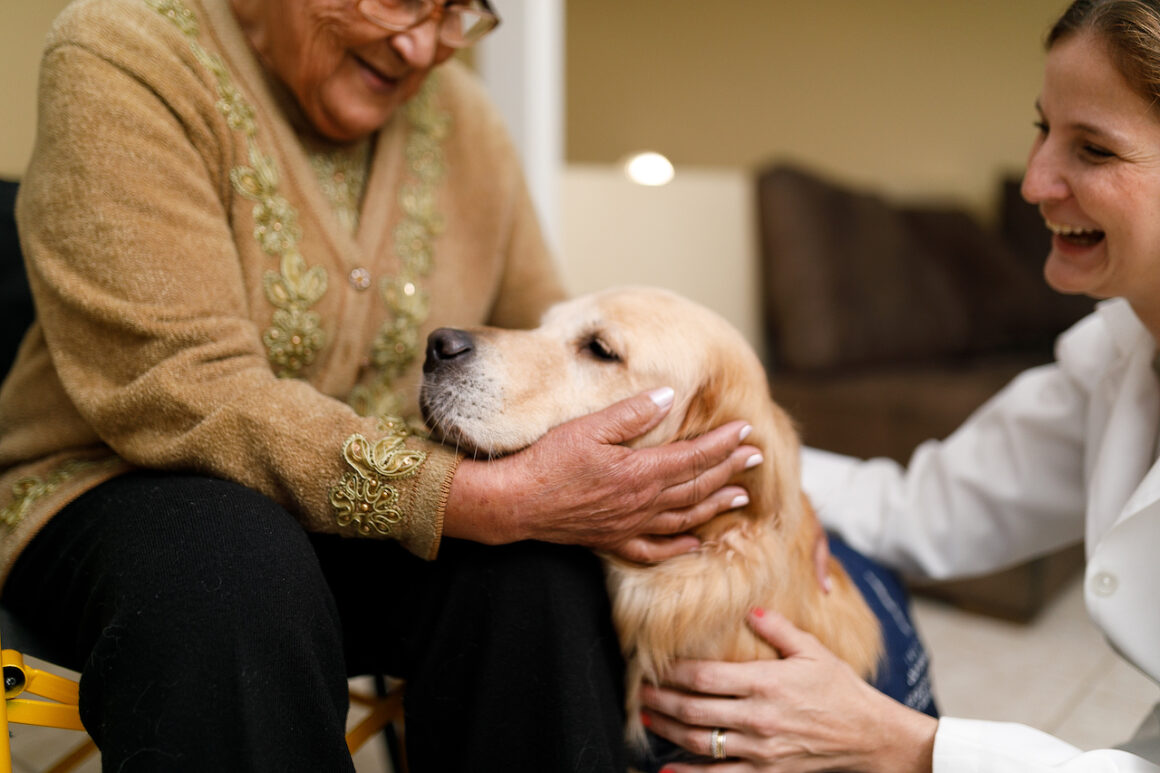
The Therapy Dog program started in 1992 in Peterborough with a Bouvier named Jenny and the program soon grew to become Ontario-wide. The Grey-Bruce-Huron office has provided 1000 visits in the past year, and is getting close to returning to pre-Covid numbers.
For those interested in becoming a therapy dog volunteer, Wendy says there are evaluations that take place twice a year and then an evaluation test with your dog to learn how they interact with people while on leash, making sure that they’re comfortable around various items such as wheelchairs that they might encounter in different types of facilities and making sure of course they don’t bark. The program also requires police checks and the dogs themselves of course need to have up-to-date immunizations and be at least 1-year-old and have been owned by the current owner for more than 6 months.
Thinking of becoming an volunteer or having the Therapy Dogs come visit your organization? You can learn more about the Program by visiting https://sja.ca/en/community-services/therapy-dog-program
St. John Ambulance Grey-Bruce-Huron has offices in both Hanover and Owen Sound, and you can reach them at 519-364-7004 or toll-free at 1-800-337+4225. Or by emailing: Grey.bruce.huron@sja.ca
Written by Ashley Baldwin
Edited by Jesse Wilkinson

